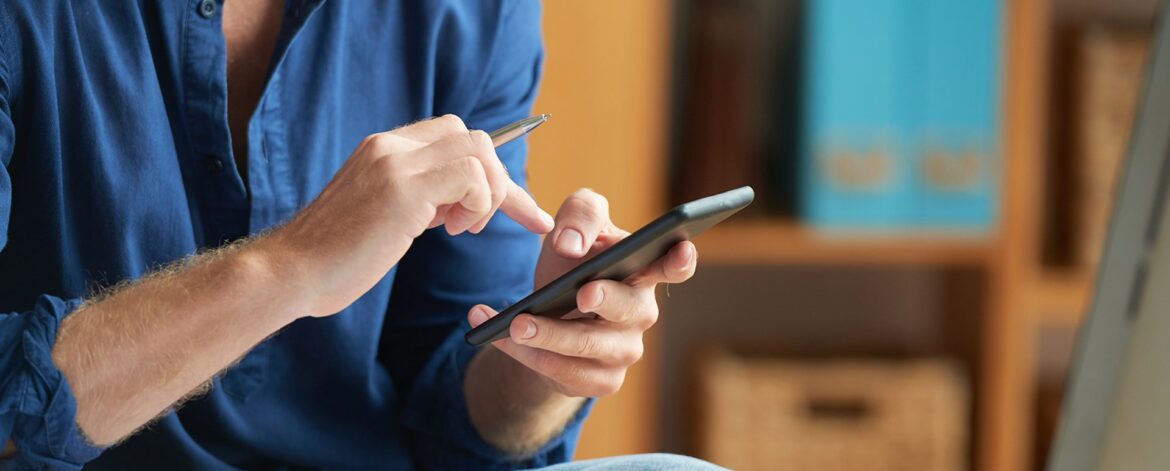
UI/UX Design
In the digital realm, where first impressions are often the only impressions, UI/UX design stands as the gatekeeper to user engagement and satisfaction. UI (User Interface) and UX (User Experience) are two halves of a whole, interlocked to create a harmonious digital experience for users.
UI Design: Aesthetic Appeal with Purpose
UI design encompasses the look and feel of a digital interface. It’s the artistic side of design—where colors, typography, imagery, and layout converge to create an engaging visual experience. It’s not merely about making things pretty; it’s about creating an interface that’s intuitive and easy to navigate. Think of it as the design language that communicates with users without words.
Color psychology, for instance, plays a pivotal role in UI design. Colors evoke emotions and can guide users through an interface. A well-thought-out color scheme can influence a user's mood, perception, and even behavior within an app or website.
Moreover, typography contributes significantly to the visual appeal and readability. Choosing the right font, size, and spacing ensures information is easily absorbed and enhances the overall aesthetic.
UX Design: Crafting Seamless Experiences
While UI design focuses on the interface's visual aspects, UX design delves deeper into the overall user journey. It’s about creating an experience that users find intuitive, enjoyable, and efficient.
Understanding user behavior is at the core of UX design. This involves user research, personas, and user testing to comprehend how different demographics interact with the interface. By empathizing with users’ needs and pain points, designers can create solutions that cater to them.
Navigation, responsiveness, and usability are critical elements of UX design. A well-structured navigation system ensures users can seamlessly move through the interface, finding what they need without friction. Responsiveness, across various devices and screen sizes, ensures a consistent experience for all users.
The Symbiotic Relationship
The synergy between UI and UX design is where the magic truly happens. A visually stunning UI can captivate users, but without a seamless UX, it risks becoming an empty shell. Similarly, an excellent UX with a poor UI might be functional but fail to engage users effectively.
Constant iteration and refinement drive the evolution of UI/UX design. Designers collect feedback, conduct usability tests, and analyze user behavior to refine and improve interfaces continually. This iterative process is crucial in adapting to changing user preferences and technological advancements.
The Future of UI/UX Design
As technology advances, the landscape of UI/UX design continues to evolve. Emerging trends such as augmented reality (AR), voice interfaces, and AI-powered experiences are reshaping the way users interact with digital interfaces. Designers are tasked not only with creating visually appealing and user-friendly experiences but also with staying ahead of technological shifts to provide innovative solutions.
In conclusion, UI/UX design stands as the bridge between users and technology, intertwining aesthetics with functionality. A successful design not only pleases the eye but also seamlessly guides users, leaving them with a memorable and gratifying experience.















